 Let’s make this my last post for a little while on Maurice Casey’s ad hominem stained book on the historical Jesus (Jesus of Nazareth) that will surely long stand alone as a truly independent tribute to the Huckleberry Finn criterion for historical authenticity. (robertb will heave a sigh of relief.)
Let’s make this my last post for a little while on Maurice Casey’s ad hominem stained book on the historical Jesus (Jesus of Nazareth) that will surely long stand alone as a truly independent tribute to the Huckleberry Finn criterion for historical authenticity. (robertb will heave a sigh of relief.)
This post looks at the biblical seven number of topics:
- Casey’s unassailable proof for the historicity of the Twelve
- A schizophrenic case for the disciples being filthy rich (or dirt poor)
- The clear evidence that Matthew wrote much of the Q material
- How Peter and Jesus changed the course of history by exchanging a bit of idle and nonsensical banter (in Aramaic, of course)
- Why the Twelve disappear from history (almost) as soon as the Gospels finish their story
- What Jesus did every time one of his Twelve disciples went and died on him
- And the evidence Jesus never tolerated a political rebel among his followers.
Continue reading “The Twelve Disciples: New Insights from Emeritus Professor Maurice Casey”

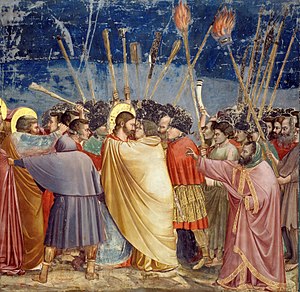

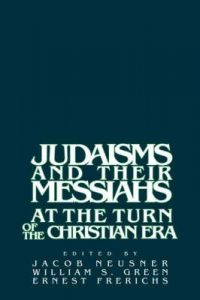

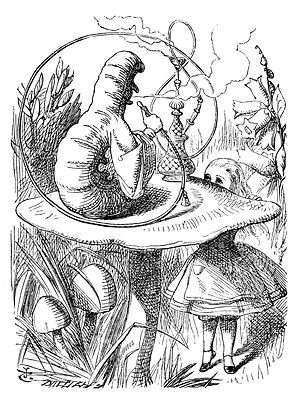
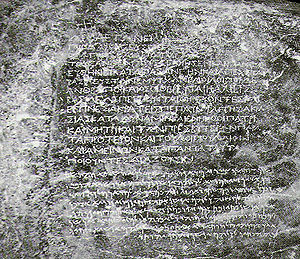
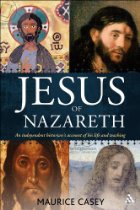 Maurice Casey
Maurice Casey



